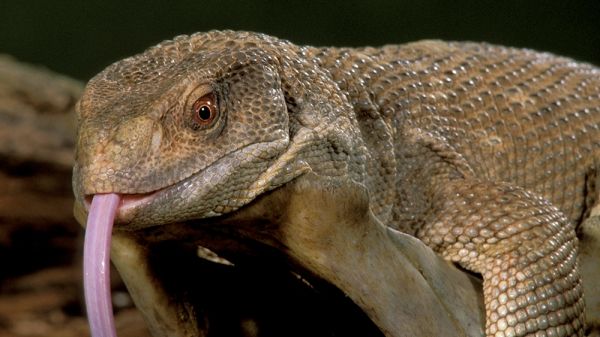Take a deep breath in. Slowly let it out. You have just participated in one of the most profound evolutionary revolutions on Earth—breathing air on land. It’s unclear how the first vertebrates thrived after crawling out of the sea nearly 400 million years ago, but the lungs hold an important clue.
Birds, reptiles, mammals and amphibians have evolved diverse lung structures through which air flows in complicated ways. Birds and mammals are on extreme ends of the airflow spectrum. Mammals inhale oxygen-rich air that funnels into smaller branches, ending in tiny sacs where oxygen enters and carbon dioxide leaves the bloodstream. When mammals exhale, the depleted air follows the same route out of the body, exhibiting a so-called tidal flow pattern.
In contrast, bird breath travels tidally through part of the respiratory system, but in a one-way loop throughout most of the lung. Thanks to a unique design with aerodynamic valves, air always moves toward the head through many tiny tubes in birds—during both inhalation and exhalation. Scientists thought this pattern of flow is hyper efficient and evolved to support flight until University of Utah biologist Colleen Farmer’s research group discovered that alligators and iguanas also have a unidirectional air flow pattern.
In their latest study, U biologists have discovered that Savannah monitor lizards have lung structures that are a kind of a hybrid system of bird and mammal lungs. The researchers took CT scans of the entire lung labyrinth and used two different supercomputers to simulate airflow patterns at the highest resolution. The software used computational fluid dynamics similar to those used to forecast weather, calculating millions of equations every tenth of a second. The findings show that vertebrate lung evolution is complicated and we have yet to understand the full picture.
Continue reading at University of Utah
Image via University of Utah


